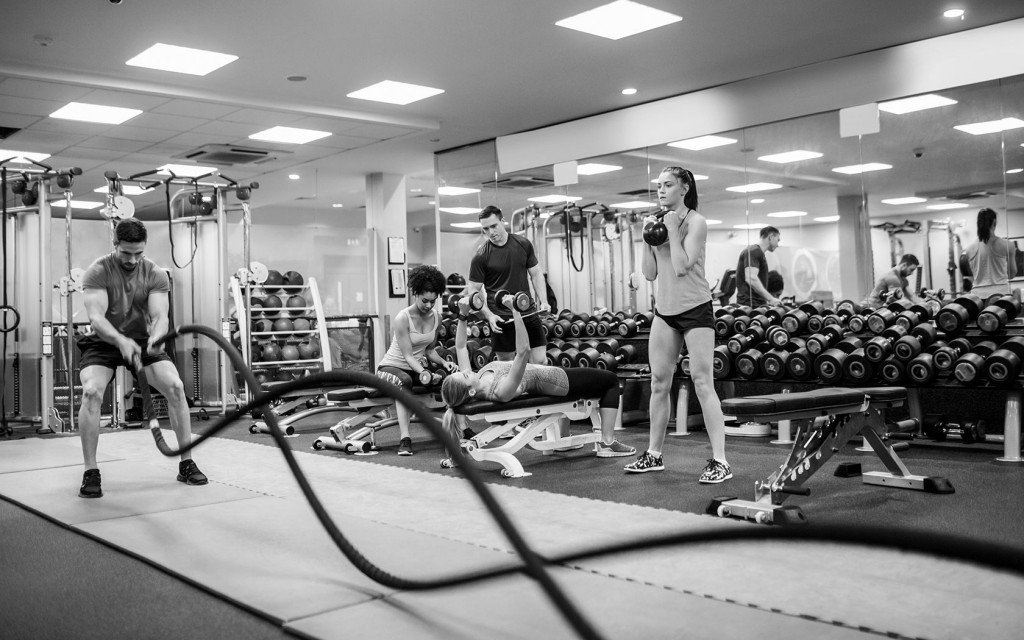
Have you ever been training near another individual, whether at the gym or elsewhere, and thought to yourself, “I would love to have that kind of a physique?” Well, you are not alone in thinking like that as this is a common mindset and you are assured that wherever you choose to exercise, there will always be at least one individual who you aspire to be like.
In principle, this is nothing to worry about – but if your goal to match them becomes too much too soon, it can lead to frustration and deflated motivation levels. It may also result in injury if you push yourself too hard in pursuit of this goal.

There’s absolutely nothing wrong with aspiring to achieve great things through your training but your goals should be specific and unique to yourself and yourself only. Constantly drawing comparisons against others can create negative attitudes, which can be counter-productive for your training.
And at Stylerug, we thought of throwing some more light on how you can go about your business of setting the gym goals– the smart way!
Create smarter training goals
When contemplating your goals there is an acronym that can assist you in creating a training goal, which is tailored for you. And that acronym is ‘smarter’ and if you apply its principles each time, to both short and long-term goals, you won’t go far wrong.
And this is how you can do it…
Be specific: A goal becomes much more accomplishable if you make it specific to your desired outcomes in what you want to achieve. For example ‘I want to attend the gym thrice a week’ is much more relevant than simply stating ‘I want to get fitter’.
Should be measurable: You should be able to easily monitor your progress towards a particular goal, otherwise, you won’t necessarily know when you have achieved it. It will also keep you on course and provide both motivation and satisfaction when you reach your target.
Set targets that are attainable: If you are able to identify a goal that is personal to you and the reasons why you want to achieve it, then you are already breaking down potential future barriers that may stand in your way. It also allows you to consider what is required of you.

Realistic: A goal should entail hard work and dedication in order to achieve it, but it should also be realistic. If your goal is realistic it creates an inner belief that you can succeed. Consequently, your determination and motivation levels are heightened.
Setting time frames: When creating a new goal you should also consider the time frame in which you wish to achieve this progress by. If you omit to include a time frame it can cause a reduction in the urgency and necessity for you to want to achieve it.
Keep it exciting: If you consider your goal boring and monotonous from the onset then you are already significantly impacting your levels of motivation. This could ultimately result in failure. Instead, choose a goal that you are energetic and passionate about.
Keep a record: A goal should be able to be physically recorded in a hard format so that if required, comparisons can be drawn throughout your journey to view the progress you have made. This again is vital for both maintaining and elevating motivation levels.
Final verdict
So there you have it, seven simple inclusion points to assist you in creating your very own unique, personal training goal.
Remember that this can be applied to both short and long-term goals and can really assist you and your intrinsic levels of focus and motivation. Try it out today and we bet there would not be much that would make you say later on – oh! I should have done that!
No related posts.














